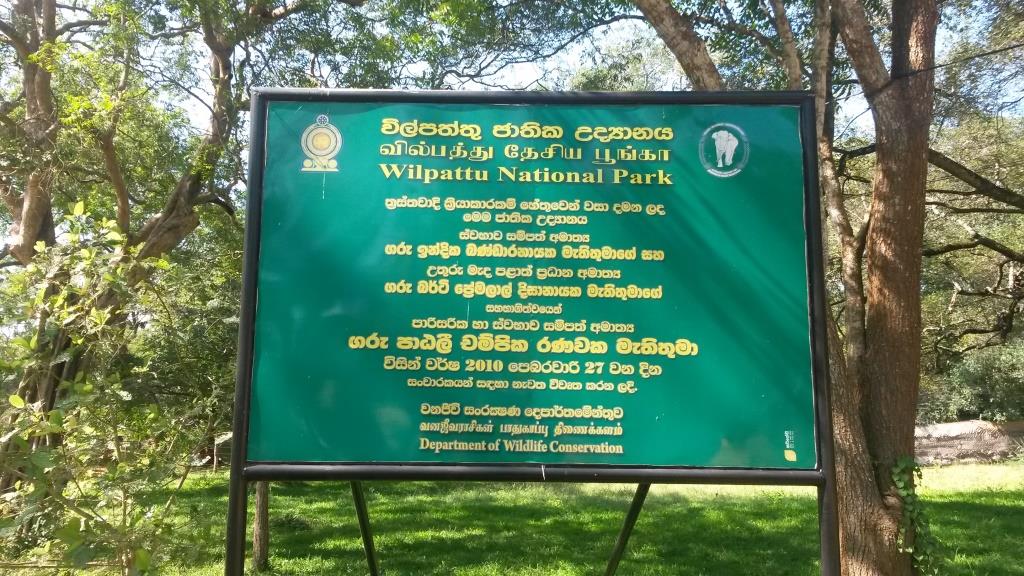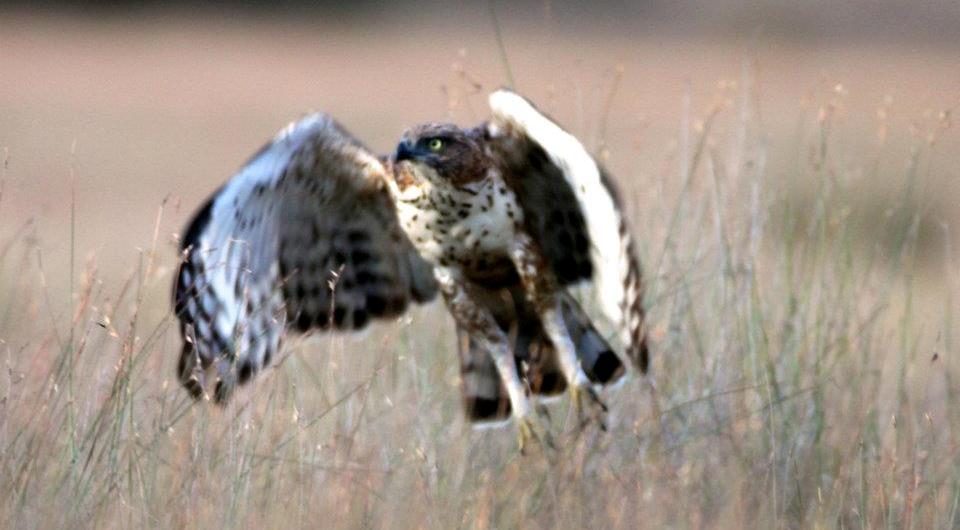Over View
Wilpattu is one of the oldest National Parks in Sri Lanka Located in Northwest coast lowland dry zone of Sri Lanka. The park lies within the North-central & North-western providences. The area of the park is 131693 ha. An unusual feature of the park's topography are the numerous villus: these look like lakes, though they're actually just depressions filled with rainwater which expand and contract with the seasons, attracting a range of water-birds and wild life.</p>
<p>As the park lies in dry zone rainfall is highly seasonal. Inter- monsoonal rains in March and the northeast monsoon (December – February) are the main sources of rainfall. Mean annual rainfall is about 1000 mm and the mean annual temperature is about 27uC. The park consists of willus, dry-lowland forests, scrublands, open grasslands and coastal belt. Characteristic feature of the park is that majority of park area is covered with dense forest.The vegetation dominated by tree species such as Palu (Manilkara hexandra), Weera (Drypetes sepiaria) & Satin (Chloroxylon swietenia). Milla (Vitex altissima), Ebony (Diospyros ebenum) and Wewarana (Alseodaphne semecaprifolia) are also found in fair numbers.</p>
<p>Elephants, leopards, sloth bear, water buffalo and spotted deer are among the large mammals. Coastal belt and willus support abundant birdlife such as painted storks, white ibis, open bills, Whistling teals, spoonbills, cormorants and kingfishers. Apart from them serpent eagles, great racket tail Drongo, Malabar pied hornbills, crested hawk eagles & Sri Lanka junglefowls are commonly seen. Both water monitors and mugger crocodiles can be seen in the willus.


